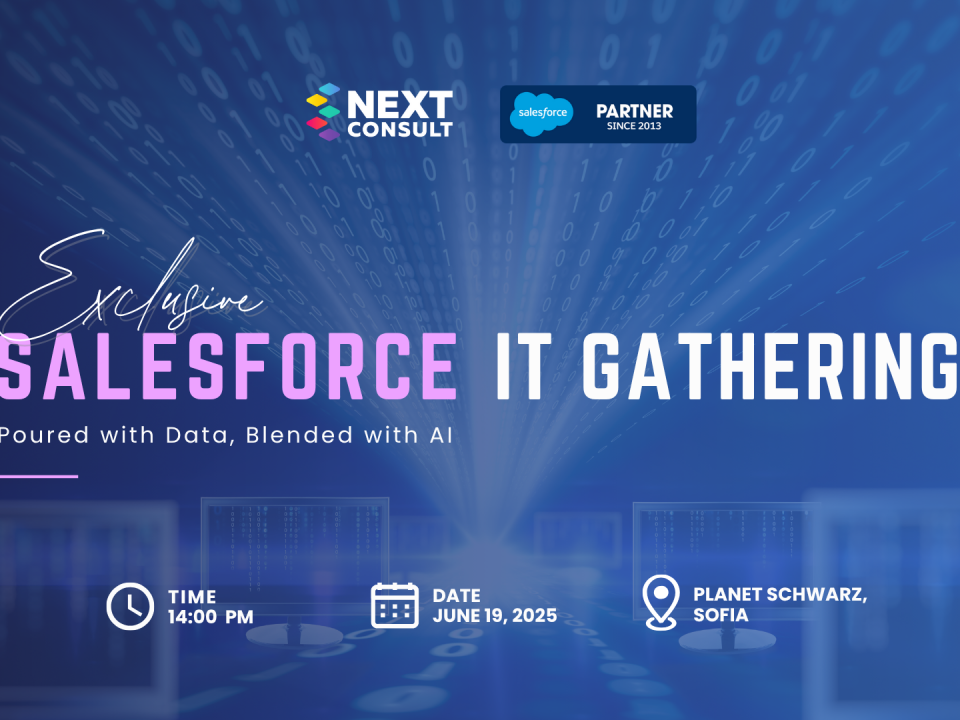
Small and medium-sized businesses often fear digitalization. They think it is a too expensive process but is this the reality?
The COVID-19 pandemic showed us how the mindset and behavior of customers can shift very quickly, and also speeded up the process of digitalization for the business. Companies realized they are lagging behind in terms of their use of technology and rapidly picked up innovation projects, delayed for years. However, small and medium-sized enterprises are still afraid of digitalization because they believe that as a process it is too expensive and time-consuming. But is this true?
During the first discussion panel of the second national conference for small and medium-sized businesses Smart Growth: Transformation 4.0, organized by Business Global Magazine, Jan Skvaril, Partner “Client Success” at Next Consult, shared what are the first steps for businesses on their way to digital transformation, what are the so-called software robots or known better as RPA (Robotic Process Automation) and gave various examples of their application in practice.
“It has been 12 years since we are helping companies digitalize and increase their effectiveness”, said Jan Skvaril. He shared that software robots are an easy way for small and medium-sized businesses to start the process of digitalization, because this technology allows you, in a short amount of time with few resources, to save employees’ time by relieving them from certain tasks.
Taking into account that software robots can replace certain employees in their roles, many entrepreneurs would immediately think “Then I can reduce staff”. Yes, you could. However, software robots are made with another mission in mind. They are created with the idea of relieving employees from the burden of simple tasks, which are performed in high volumes and inevitably lead to human error. At the same time, this type of work cannot be avoided. Therefore, its execution needs to be optimized.

“Very often our clients share that in fact, their employees are leaving the company exactly because they have to perform such boring, repetitive, uninteresting things. And software robots are focused on exactly this, removing these activities from people and saving time for something else, with a higher added value”, shares Skvaril.
If you are still not sure what exactly software robots are, imagine them in this way: a software robot is a high-performing human assistant who works inside of a computer and instead of the employee executes tasks according to a given algorithm and does this much faster, eliminates errors, and works 24/7. At the same time, this technology can be implemented within two to three months depending on the complexity and volume of the processes involved without requiring any change in the current IT infrastructure. RPA integration does not require additional server installation, specific IT structure, or even any computer programming. Someone without technical expertise can learn how to set up software robots, which gives a high degree of independence from external vendors or suppliers for the company and allows it to achieve flexibility and respond fast to changes in the market and the requirements of the business.
“Based on our research 70% of routine tasks can be automated with software robots. Every routine job, which has a clear algorithm, can be performed by a robot.”, adds Jan.
A software robot can read any type of electronic document, go into any sort of application, open, read and move files, enter information into databases and systems, search for information on the Internet instead of an employee, and many more functions. The robot can extract information from any type of document and can even read your mail and then enter information into a given system or file. Robots can make calculations and transfer information from one system to another.
“RPA is an extremely useful technology and also very accessible - financially and has a quick return on investment. There are cases in which the investment into a software robot pays off in just 15 days”, says Jan Skvaril.















